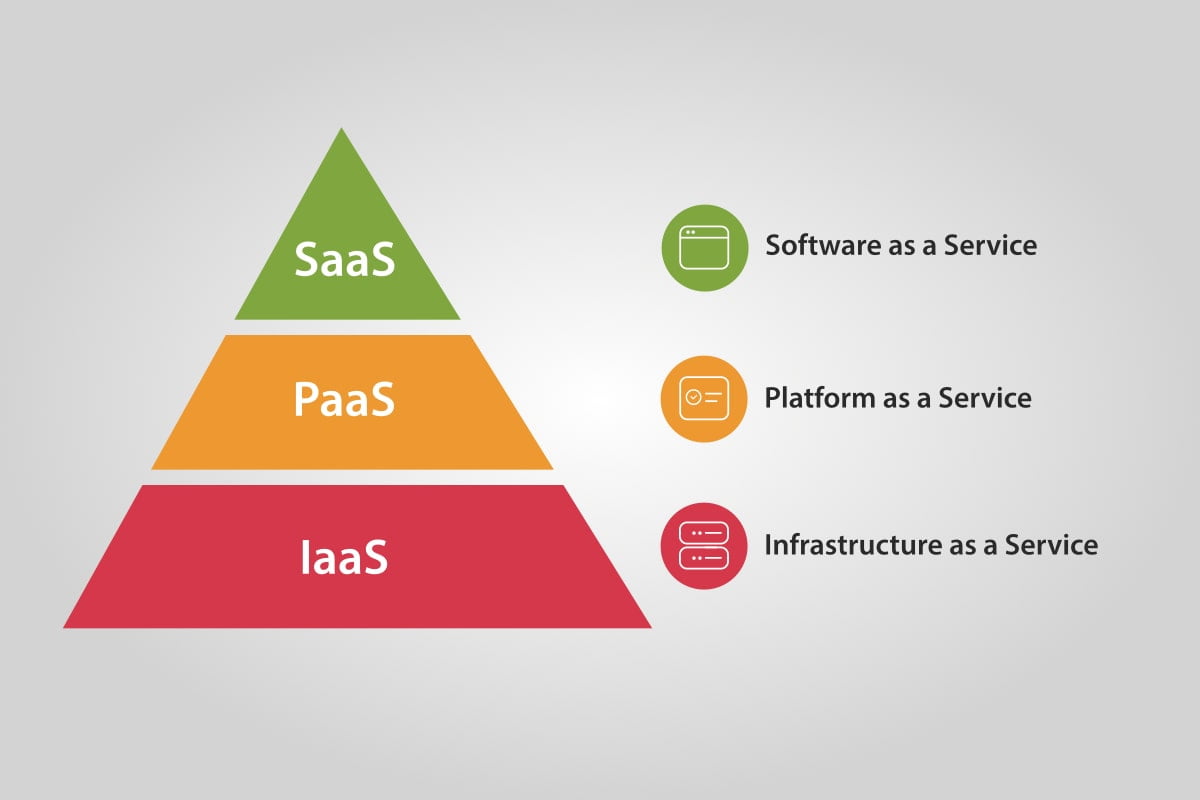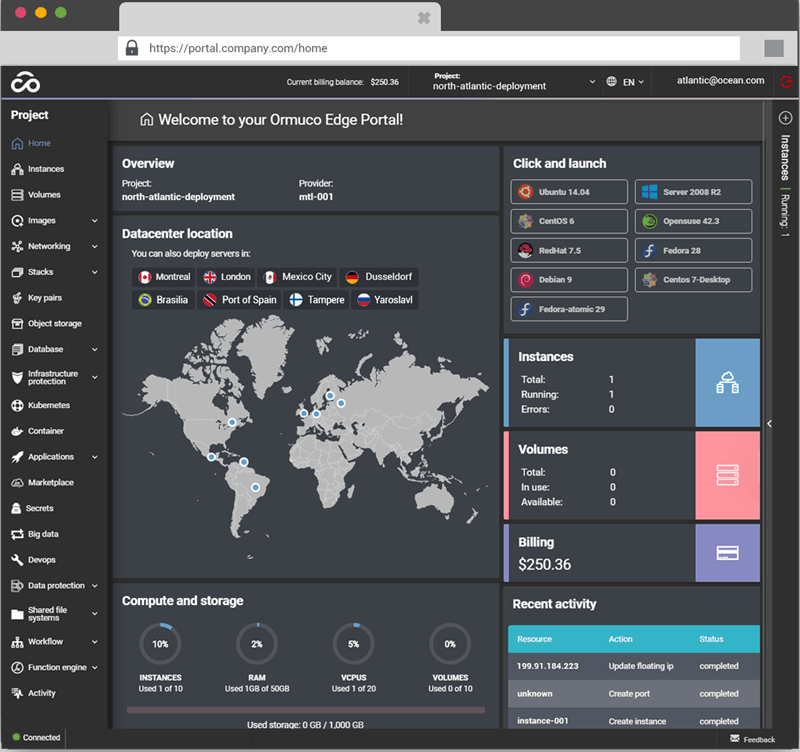
In today’s information age, data storage is an integral part of doing business. Cloud computing, which was first introduced in 2006, has since changed the way that businesses process, use, and store data. Today, cloud computing is likely used by millions of people each day. Every time we take a photo on our phones or save a document online, we use cloud services. For businesses, the cloud provides easy and convenient solutions for data backup, disaster recovery, email, virtual desktop access, software development and testing, data analytics, and web applications. A game developer will use cloud services to deploy online gaming to millions of users. A financial institution may use cloud computing to power real-time trading. A tech company may use cloud services to grant remote workers access to critical data. No matter the industry, cloud computing is an increasingly important part of doing business today. To find out Why Thin-nology’s Aurora Cloud Services is the Perfect Alternative to AWS, Azure, & Google, continue reading below.
Benefits of Cloud Computing
Cloud computing gives users fast and convenient access to various technology resources to help them build and innovate. With the cloud, users can access infrastructure services, storage, databases, machine learning, and analytics in an instant. Additionally, you can deploy technology services in minutes. The speed at which users can access, create, and transform information makes cloud computing one of the most effective managed IT services available today. Beyond the speed of access, using the cloud allows users to pay for what they need instead of buying into fixed-cost solutions. For example, instead of paying a monthly fixed fee for physical server storage, you only pay for the storage space you’re using. This also allows for scalability.
Types of Cloud Computing

There are three types of cloud computing: Infrastructure as a Service (IaaS), Platform as a Service (PaaS), and Software as a Service (SaaS). IaaS possesses the basic infrastructure for the cloud and provides access to networking features and computers (both virtual and on dedicated hardware). IaaS gives users the highest level of resources available. With Paas, users don’t need to manage the underlying infrastructure, so they can focus on the deployment and management of applications. SaaS provides users with a complete product that is managed and run by a service provider. SaaS often refers to end-user applications, such as web-based email. With SaaS, you don’t have to worry about how a service is maintained, you simply access it when you need it.
Benefits of Aurora Cloud Services vs. Other Cloud Computing Services

A Simplified User Experience
With Aurora, the cloud is made simple. Aurora Cloud Services offers distributed computing through the Aurora Decentralized Platform, which gives users a unified portal from which to deploy, monitor, and automate their edge gateways. Additionally, Aurora provides users with an easy-to-use dashboard.
Scalability
The cloud has its limitations, especially when it comes to performance and network latency. With Thin-nology’s Aurora Paas solution, users can automatically balance their loads with other edge nodes instead of accessing the cloud during peak usage. This allows users to avoid latency and enhances the overall user experience.
Streamlined for Mobility
Mobile networks provide continuous connectivity on devices. Technically, mobility means smart devices “roam” from a base station (or edge gateway) to another. Thin-nology’s infrastructure and Aurora PaaS enhance your user experience with services that do not need to re-authenticate users when they are in motion.
Storage Options
With Thin-nology’s Aurora Cloud services, users can choose their storage options based on their technology needs. Choose from Block Storage with Enterprise SAN, Native iSCSI, iSER, and Fibre Channel. File Storage with Enterprise NAS, using native NFS and CIFS for file storage. Lastly, Object Storage with Private Object Storage in the cloud.
Hosted in a state-of-the-art Tier III Datacenter to provide the backend server infrastructure to house the Aurora computing power and software stack that provides the applications to take your organization’s user experience, application development, and deployment to a whole new level.
